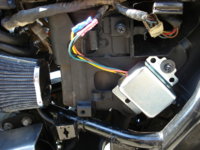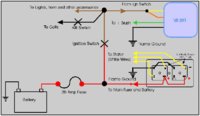Derek, From the look of it your stator is for a 70-79 so that part is ok. On the reg/rec it should be right but I can't say for sure because I don't know the maker or model number so I can't reaserach it to find out how it is set up.
As you follow Curly's/gggGary's charging guide. Follow the early procedure.
Testing the ohms of the rotor and stator are easy to do and will reveal a lot.
77, if you are using the stock 77 reg and rec then no nylon screws are needed. If you use a combo reg/rec then just what one and how it hooks up you may or may not need the nylon screws.
Leo
As you follow Curly's/gggGary's charging guide. Follow the early procedure.
Testing the ohms of the rotor and stator are easy to do and will reveal a lot.
77, if you are using the stock 77 reg and rec then no nylon screws are needed. If you use a combo reg/rec then just what one and how it hooks up you may or may not need the nylon screws.
Leo

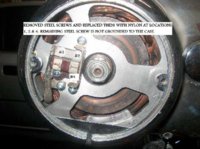
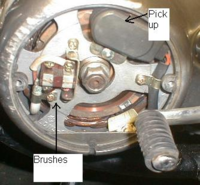
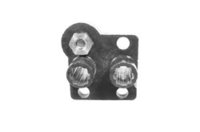
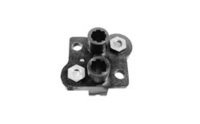
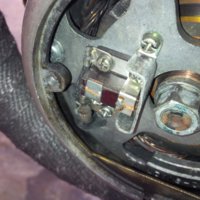
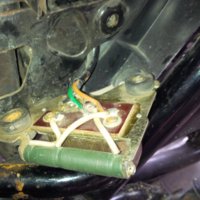
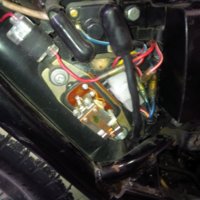
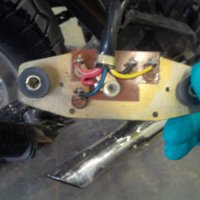

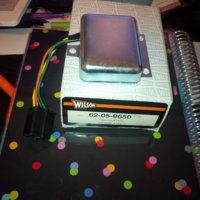
 so it's safe to say that she's going to be put out to pasture.
so it's safe to say that she's going to be put out to pasture.